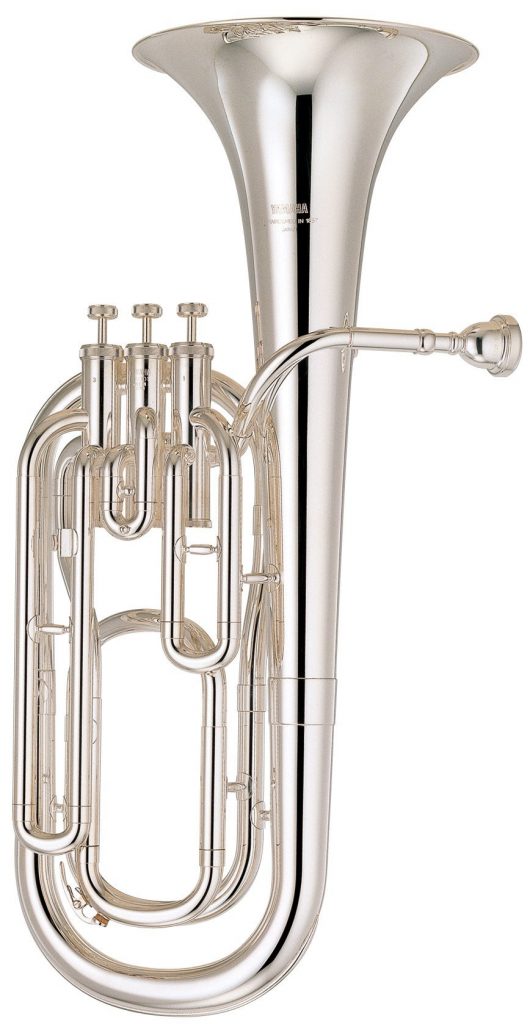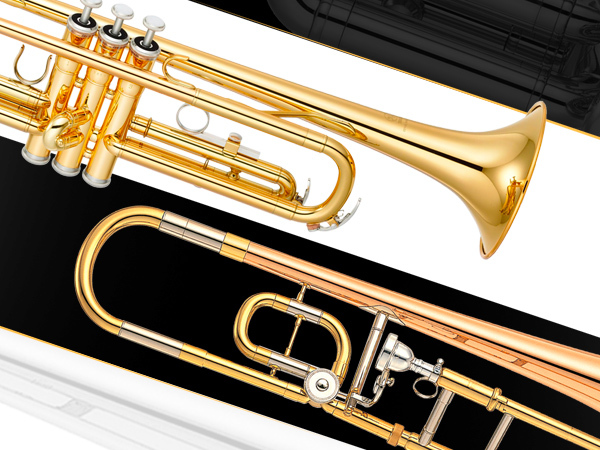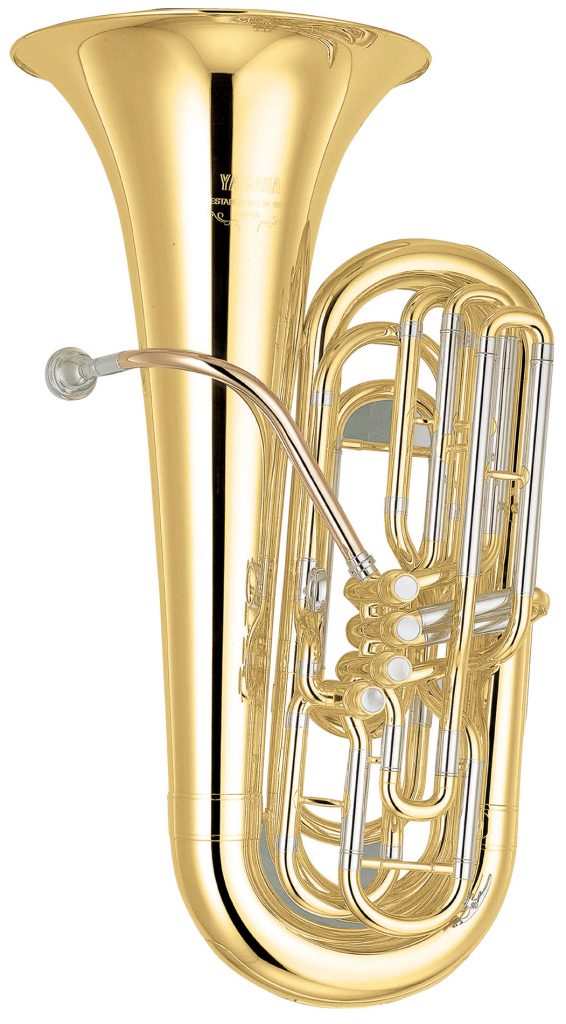What’s the Difference Between Baritone Horn and Euphonium?
When it comes to these two low-register brass instruments, it’s down to the details.
For young people starting out on brass instruments, the baritone horn and the euphonium are two of the most popular choices. Both are sizable (read: hard to lose) and offer distinctive low-register sounds without being unwieldy like a tuba or sousaphone. Both the baritone horn and the euphonium are also relatively easy to learn to play, especially when compared to the more difficult French horn or trumpet, and are commonly found in brass ensembles, marching bands and orchestras. In this article, we’ll examine what they have in common, as well as what makes each unique.
SIMILARITIES

Both the baritone horn and the euphonium have their origins in early musical instruments such as the snake-like “serpent” horn, which was able to produce low-register notes due to its tube length.
One major similarity is that they are the same size. While each is shaped differently (see below), both instruments are made with the same nine feet of tubing; as a result, they have identical tonal ranges. And, while some varieties of brass instruments (like the four types of tubas) are pitched differently, both the baritone horn and euphonium are pitched to B♭. In addition, they are both “transposing” instruments (which means that music for each can be written in either bass or treble clefs) that have piston valves, though some rotary valve versions do exist. Generally speaking, baritone horns have three valves while euphoniums have four; however, there are three- and four-valve versions of each instrument.
In both instruments, sound is created when a player blows into a large cup mouthpiece by buzzing or vibrating the lips, with the resultant pitch determined by the combination of valves being pressed.
DIFFERENCES
One of the most significant differences between baritone horn and euphonium is the shape of their bore. The tubing of the baritone horn widens ever-so-slightly towards the bell, although the main body of the instrument essentially remains cylindrical throughout. The tubing in a baritone horn is also thinner than that of a euphonium. As a result, the baritone horn produces a brighter, more direct sound than the euphonium. That’s one reason why it is more often found in orchestral brass sections than in marching bands.

The euphonium, which is sometimes known as the B♭ tuba or “tenor tuba,” has tubing that is much more conical in shape. As a result, its bore becomes wider as it extends toward the bell. The euphonium’s bell is also decidedly larger than that of the baritone. This means that the sound the euphonium produces is generally fuller, rounder and more mellow than that of the baritone horn. As a result, composers tend to use euphonium for main melody or countermelody, as opposed to baritone horn, which often is called upon to play percussive parts.

Some musicians find the euphonium more difficult to play than baritone horn due to its conical shape. While that’s debatable, it is true that a stronger lung capacity is required to produce a sturdy sound with the euphonium. The instrument is also slightly wider and heavier than the baritone horn and thus it can be a little more challenging to maneuver in a marching band situation.
OTHER VARIETIES OF EUPHONIUM
Under the euphonium umbrella are several less-common variations, including the “compensating euphonium,” which utilizes a three-plus-one valve system. This “compensating” valve uses extra tubing to achieve a lower range on the instrument.
There is also the “double-bell euphonium,” which offers players a second, smaller bell intended to sound like a trombone, likely intended for performances where trombones were not available. Over the years, however, these have become less commonplace.
And, while most euphoniums are equipped with four valves (or, less commonly, three), five-valve options do exist too, though they are also extremely rare. These offer players two additional valves off to the side of the instrument that effectively change its tube length and extend its pitch range.















